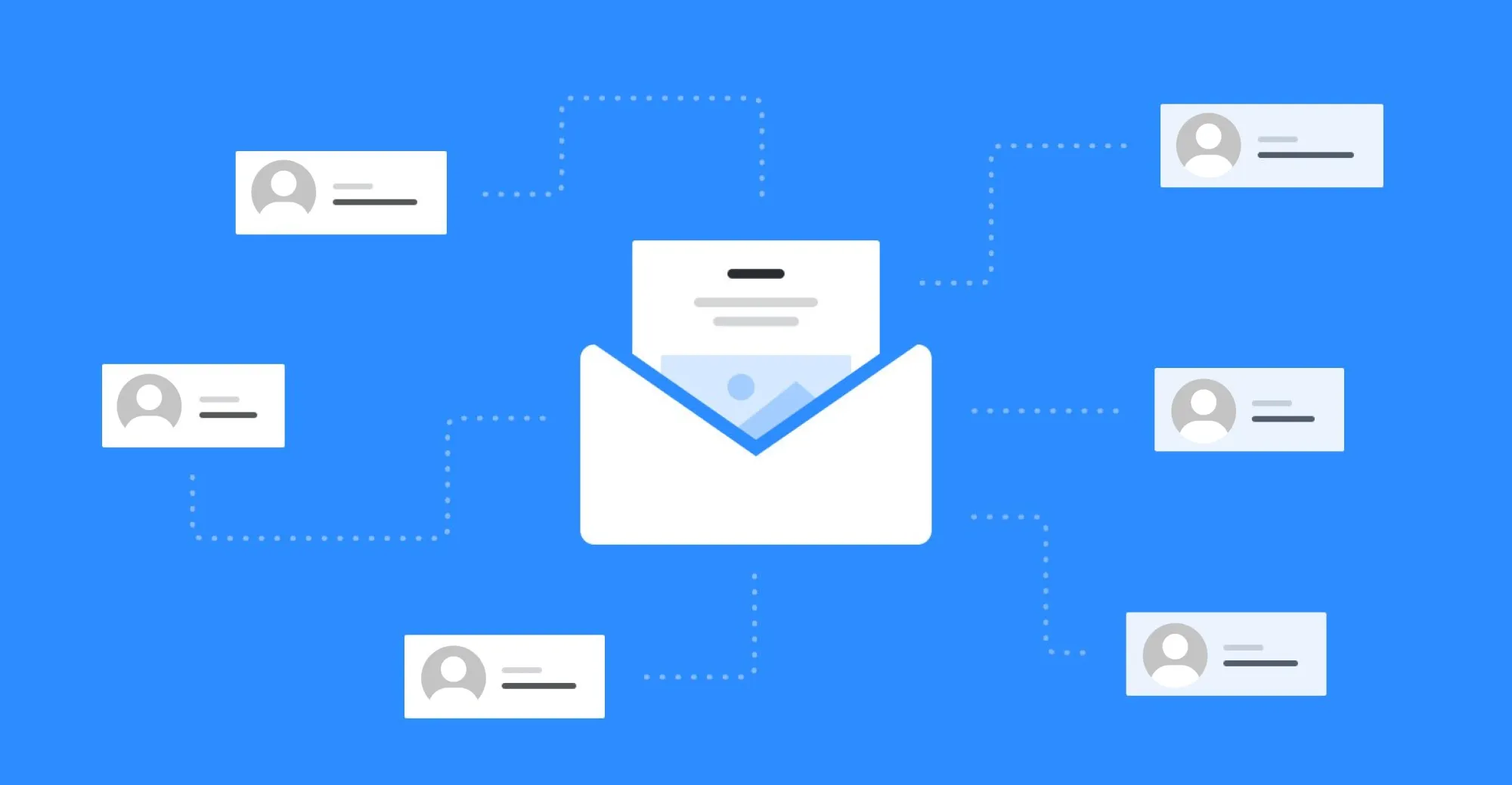When it comes to email communication, ensuring deliverability is crucial. Bounce emails, which occur when an email fails to reach its intended recipient, can negatively impact communication efforts and lead to missed opportunities. To mitigate this issue, it's essential to have an email bounce checker in place. In this comprehensive guide, we will explore different methods and techniques for building an email bounce checker in Python. Whether you're a developer, IT professional, or email marketer, this article will equip you with the knowledge and tools necessary to effectively verify email deliverability using Python.
The Importance of Email Bounce Checking

Email bounce checking is the process of validating the deliverability of an email. By detecting bounced emails, you can identify and address issues that prevent your messages from reaching recipients. This helps maintain a clean email list, improves email deliverability rates, and ensures that your communications are effective and successful.
Methods for Email Bounce Checking in Python
Python offers several powerful libraries and techniques for implementing an email bounce checker. Let's explore some popular methods:
1. SMTP Library
The SMTP library in Python provides functionalities for sending emails and handling email-related events. By utilizing the return status codes provided by the SMTP server, you can determine whether an email has bounced. However, this method requires setting up an SMTP server and monitoring the return codes manually.
2. Regular Expressions
Regular expressions (regex) can be used to parse bounce emails and extract relevant information, such as bounce codes and error messages. With well-crafted regex patterns, you can identify bounced emails and categorize them based on the type of bounce (e.g., hard bounce or soft bounce). However, regex can be complex and may require regular updates to accommodate different email providers' bounce formats.
3. Third-Party Libraries
Several third-party libraries simplify email bounce checking in Python. One popular library is email-validator, which provides comprehensive email validation and bounce checking capabilities. It offers features such as syntax validation, MX record verification, and handling common bounce codes. Another option is to explore open-source projects on platforms like GitHub, where you can find community-maintained tools specifically designed for email bounce checking.
Implementing Email Bounce Checking in Python

To get started with email bounce checking in Python, follow these general steps:
1. Install the Required Libraries
If you choose to use third-party libraries, install them using Python's package manager, such as pip. For example, you can install the email-validator library by running pip install email-validator in your terminal.
2. Set Up Email Sending and Monitoring
Establish an SMTP connection to send emails programmatically. Ensure you handle exceptions and monitor the return codes provided by the SMTP server. Track any bounces or delivery failures and collect relevant information for further analysis.
3. Parse Bounce Emails
If you opt for using regular expressions, define appropriate patterns to parse bounce emails and extract relevant details. Categorize the bounces based on bounce codes, error messages, or other criteria that align with your requirements. Use captured information for reporting and further actions.
4. Leverage Third-Party Libraries or Open-Source Projects
If you prefer a more streamlined approach, consider using third-party libraries like email-validator. Explore open-source projects on platforms like GitHub that provide email bounce checking functionalities in Python. These projects often include extensive documentation and examples to help you integrate bounce checking into your code.
Commonly Asked Questions
1. Can email bounce checking guarantee 100% deliverability?
Email bounce checking is an effective method to improve email deliverability but cannot guarantee 100% deliverability. There are factors beyond bounce checking, such as spam filters, recipient server configurations, and network issues, that can affect email deliverability. Bounce checking helps identify and manage delivery issues, allowing you to take appropriate actions.
2. What are some common bounce codes and their meanings?
Bounce codes indicate the reason for an email bounce. Some common bounce codes include "550 - Mailbox unavailable," indicating that the recipient's mailbox doesn't exist, and "552 - Message size exceeds limit," indicating that the email size exceeds the recipient server's limit. Bounce codes can provide insights into the specific issue causing the bounce.
3. How often should I perform email bounce checking?
It's advisable to perform email bounce checking regularly, especially after sending out bulk emails or campaigns. By promptly identifying bounces, you can update your email list, remove invalid addresses, and take corrective measures to improve deliverability.
Conclusion
Email bounce checking is a vital component of maintaining a healthy email deliverability rate and ensuring effective communication. By implementing an email bounce checker in Python, you can identify bounced emails, resolve delivery issues, and improve the overall success of your email campaigns. Whether you choose to use the SMTP library, regular expressions, or leverage third-party libraries, Python offers versatile tools to facilitate email bounce checking. Remember to stay up-to-date with industry best practices, regularly monitor bounces, and take necessary actions to optimize your email delivery process.



